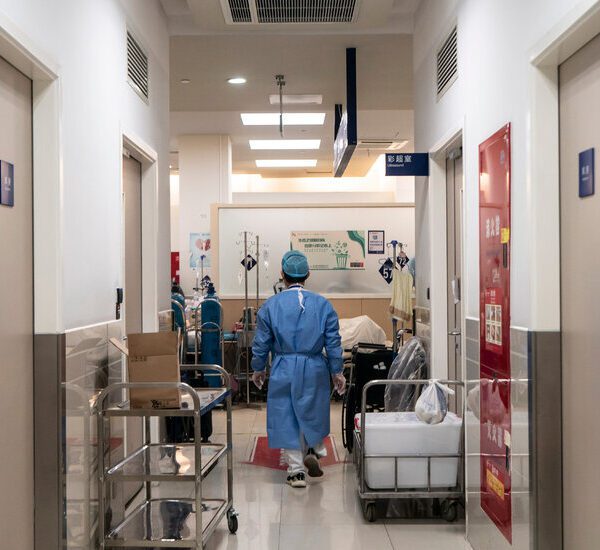
China premier Li Qiang, Beijing’s No. 2 official, pledged to open up the world’s second largest economy to “quality products from all over the world” as he vowed to deepen economic ties with both Southeast Asia and the Middle East.
“We need to enable domestic and international circulations…so that companies across the world, including those from ASEAN and the GCC countries, can fully share [in] China’s development,” Li told delegates at Fortune’s ASEAN-GCC-China Economic Forum, held in Kuala Lumpur on May 27. “China stands ready to work with ASEAN and GCC countries to embrace greater openness and cooperation.”
Li was in Malaysia’s capital to join a summit between leaders from the Association of Southeast Asian Nations (ASEAN) and the Gulf Cooperation Council (GCC) in the first-ever event involving leaders from all three economic regions. The trilateral summit was held alongside the annual ASEAN Summit, and a bilateral meeting between Southeast Asia and the Middle East.
China is looking to forge new economic ties with other regions after the U.S. relaunched its trade war against Beijing. As many as 16 million jobs in China are exposed to U.S. exports, Goldman Sachs estimated earlier this year.
Beijing officials have met with leaders in regions like Southeast Asia and Latin America to try to build a united front against Trump tariffs, while also trying to open up new markets for its goods that might now be blocked from the U.S.
“Economic globalization is suffering heavy blows never seen before. The values we pursue all along, such as peace, development and win-win cooperation, are severely challenged,” Li said Wednesday. “Properly addressing these issues will bring significant opportunities for the countries of our three sides.”
China’s sluggish economy
A revived U.S.-China trade war could have hurt an already struggling Chinese economy, which has slowed under the weight of stagnant consumption and a property debt crisis.
Yet investors and economists are hopeful that trade headwinds might convince Beijing to finally unleash long-promised stimulus measures.
On Wednesday, Li said that Beijing had pursued more “proactive” policies to bolster the market. “They will provide a strong underpinning for the expansion of aggregate demand of the market.” He added that Beijing will “continue to strengthen contra-cyclical adjustment” in future policy.
The U.S. has paused most of its tariffs on China—which at one point totaled 154%—as Beijing and Washington continue trade negotiations. Chinese-made goods now face a 30% tax upon entering the U.S.; China, in turn, now only imposes a 10% tariff on U.S. goods. (Trump has also paused most of his so-called reciprocal tariffs against the rest of the world).
Despite the pause, Trump’s statements are still generating uncertainty for governments and investors. On Friday, Trump promised to slap a 50% tariff on European goods by June 1, stating that negotiations were “going nowhere.” He rescinded that threat by Sunday, again saying that tariffs were on hold until early July.
The U.S. president also threatened a 25% tariff on Apple iPhones made outside of the U.S. Apple has moved some of its manufacturing to India, and away from China, to avoid U.S. tariffs. Yet Trump called out such measures on Friday, stating that even iPhones made in India would be taxed.
That means China is looking for new markets for its products. “We should firmly expand regional opening up and develop a big market,” Li told regional leaders earlier on Tuesday.
Still, some Southeast Asian countries are wary of a flood of cheap Chinese exports, now potentially barred from entry into the U.S. Left unchecked, that could lead to a “tariff cascade” where countries impose trade barriers to block redirected exports.
On Wednesday, Li was optimistic that there was room to increase trade between the three different regions. Despite accounting for a quarter of world population and global economic output, Li said that the three economies only accounted for 5.4% of global trade.
“We have great potential to be further tapped into,” he said. “This is leverage we can use in the future.”
This story was originally featured on Fortune.com














